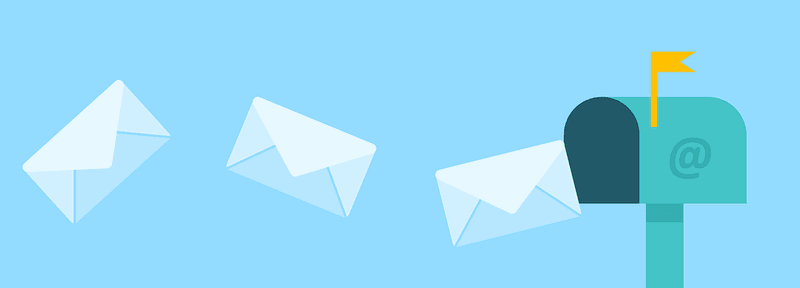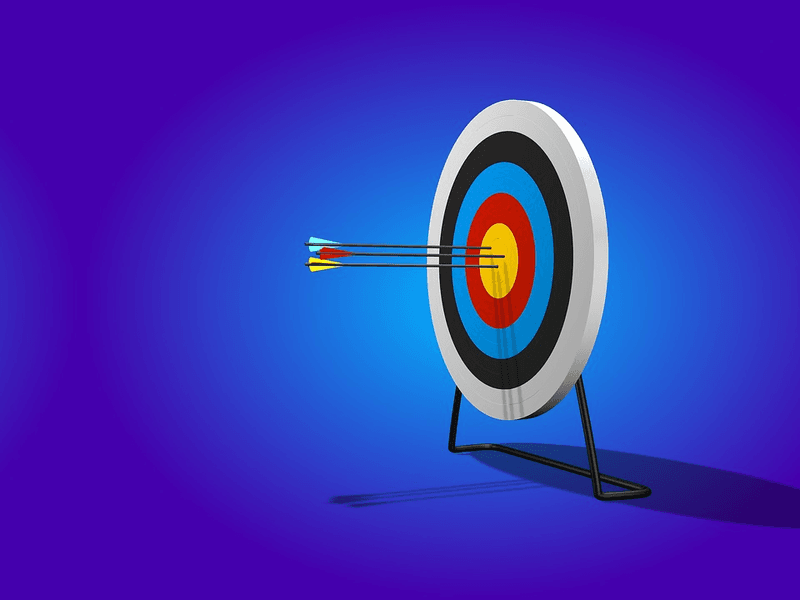The warning digital marketers always get from us is never letting your subscribers know that they are just another number on your list. Because no one likes to be treated as a number. But email sequences are just about it. They make your subscribers a number, but in a smarter way.

In this article, we will open the secrets of crafting perfect sequence emails that boost sales. Let's get started!
When an automation software sends a series of emails on behalf of your company to specific segments of your list, that is called an email sequence.
But before your leads receive any email sequences, they have to meet the enrollment criteria. The enrollment criteria could be time-based or trigger-based.
Time-based emails are sent when:
Trigger-based emails are sent when:
In brief, sequence emails are preset emails set up with automation tools that are sent to follow up with your prospects without you hitting the "Send" button.
Compelling sequence emails are more than not making any grammatical errors or spelling mistakes. But most often, email newsletters come down to that.
Many accessible training courses focus on specific aspects of email writing, offering us only a tiny piece of the picture. Writing compelling headlines, an error-free newsletter, styled newsletter all these combined make a change to your efforts.
Successful email sequences are more than clickable headings.
You can take your email marketing to the next level by creating a fully automated email sequence to help in conversion. You don't really need to be a copywriting expert in crafting your own emails. Basic knowledge of what works where is enough to make a difference.
Nurturing works as an introductory mail. You can call it a welcoming email as well. Leads who have just had their first encounter with you are not yet sales-ready. Maybe they have opted in for an offer, or perhaps they have downloaded a PDF or ebook from your website.
The encounter they had with you is not enough to build an image of you in their mind. That's where nurturing emails come into play. These types of emails establish the value of your brand by providing social proof.
But the process of converting your leads through nurturing is steady. This series should have a minimum of 4 emails. Note that you are building trust. Thus you can't expect to push them through your sales pipeline right after they have their first encounter with you.
Lead nurturing email sequences also work like a charm. You set a footprint on your leads' minds through this email. Hence, make sure you are meeting their expectations.
For example, when they subscribe to you, they are eager to hear from you. But that definitely does not mean you show up in their inbox every morning. That's a nuisance. Breaking your own words leads to breaking your brand value as well.
The aim of engaging is to build a connection with your leads. Through content, you generate interest in your leads' minds and reign their mind. This sequence of emails is helpful to recognize hot leads. Hot leads are those who open your emails, click and take action. This lets you comprehend their needs and tailor your emails.
Converting email sequences are used while scheduling a meeting, call, or demo with your prospect. The whole copy will be centered on a single CTA, and your email sequence needs to be enticing enough for the recipient to act.
Inactive leads are not necessarily uninterested leads. Maybe your emails lack the impression that is required for them to act. A follow-up email sequence after some outreach attempts might help you to reach out to your target.
Surprising a lead who has scheduled a demo, made a purchase, or registered for your webinar is a great promotional strategy. This often helps to create a positive impact on your leads' minds about your brand.
However, delighting them will not be possible if they are not present, right?
That's where reminder email sequences come into play. It will improve your attendance rates and increase opportunities for you to make a sale by converting them to your clients.
Reminder email sequences are a low-key approach to remind about the event and appointment. Additionally, they should contain the necessary logistics details required for the meeting.
A robust database is required to achieve benefits from email marketing. But changes in email addresses result in slipping opportunities. Even if you're producing new leads quickly, you'll get some data distortion from disinterested or deprecated connections.
A re-engagement email sequence might help you regain some of those interactions. This campaign's objective is to get users to open emails and take action and remove those from inactive databases. This lets you have a healthy email list.
There is no definite length of sequenced emails. It wholly depends on your buyer profiles, journey stages, the average length of your sales cycle, and your expectations from that email sequence.
For example, if you want your prospect to take any action, the sequence emails should be:
A single email can not contain all these. In fact, it wouldn't be something we would recommend. Therefore, you should send multiple mails, slowly taking one step at a time. Each email must be carefully designed to help move the prospect down the sales funnel.
But how many emails should you send? And what is the optimal length for those emails?
Some leads who are ready to make purchases do not require nurturing sequence emails. People who have just opted-in for your newsletter are not sales-ready.
That's why the length and the number of sequence emails depend on some factors. Analyzing buyer persona is much needed in this regard. When you study your buyer's persona, you understand where they are at right now.
Now that you know what email sequences are when to use them and what should be their duration, let's talk about how to create one.
Although the ultimate goal of your email sequences is to prompt your sales, the purposes can be different based on context. Identifying your reasons can help you build your automated logic, write your emails, and evaluate your results.

For example, the goal of a simple sequence email crafted to convert a lead to prospect is to schedule a demo or meeting through whatever scheduling software you use.
Or maybe, if a lead downloads an ebook or free tool available on your website, success would mean converting them to your subscriber. When they provide their information, you get the opportunity to take action and convert them to your customers.
Strategic planning for targeted experiences will open the doors of endless possibilities.
Automation software is not a mind reader. They work based on the directions you provide. That's why you need to set enrollment criteria. For the automation to trigger, you need to set conditions first.
As discussed previously in this article, there is no single ideal length or number of sending sequence emails. You set them based on your strategies and goals.
When you finally outlined your strategy, it is time you start typing your email. The emails will be sent to multiple prospects at different times. Hence, your provided information should remain relevant to the prospects of your preset criteria.
However, as we have said in the very beginning, you cannot let your subscribers know they are just a number. Although your emails are universal, you have to craft them in a way that makes them feel it is specifically crafted for them.
Bombarding with information will lessen the value of your email by losing its purpose. Set a specific aim for a particular email sequence and keep the CTA focused on that aim.
Your automation software works based on the instructions you provide. Hence it is also a part of planning your email sequence campaign.
You should:
Automation software takes things literally; hence, make sure to provide the exact instructions.
Before launching, please check the sequence to see it behaves accordingly. It also lets you check that the emails appear fine on all devices and that the personalization tokens work correctly.
You don't need to be a seasoned writer to craft converting sales emails. Learn from other copywriters who have written hundreds of them and gain inspiration from the finest subject lines, styles, and structures.
Start your sales email sequence by following the guidelines we have provided. Things can be hazy at first. But after a period, you will absorb the essentials and create something fresh and engaging for your readers.
Worried about the deliverability of your email sequences? Get started with EWarmup and keep your email sequence out of the spam box!